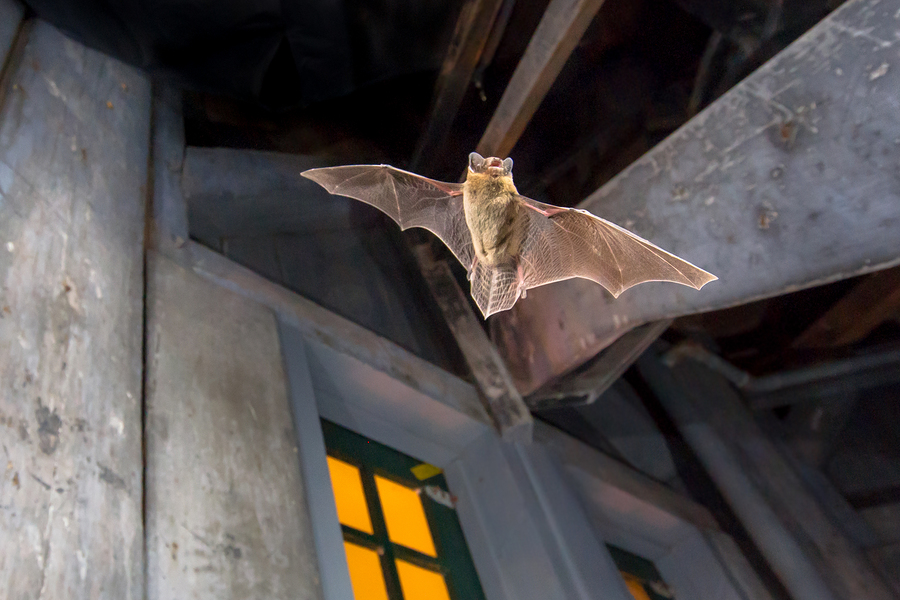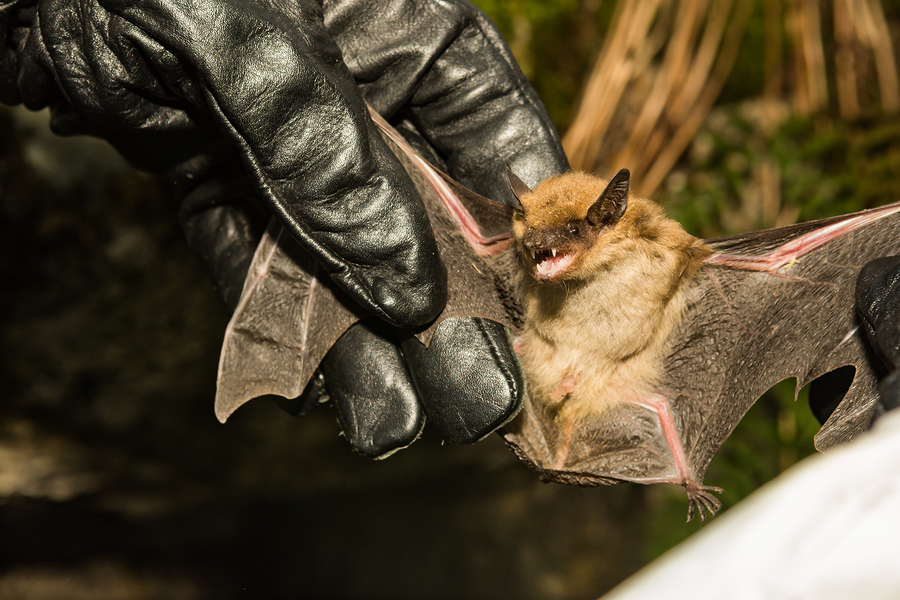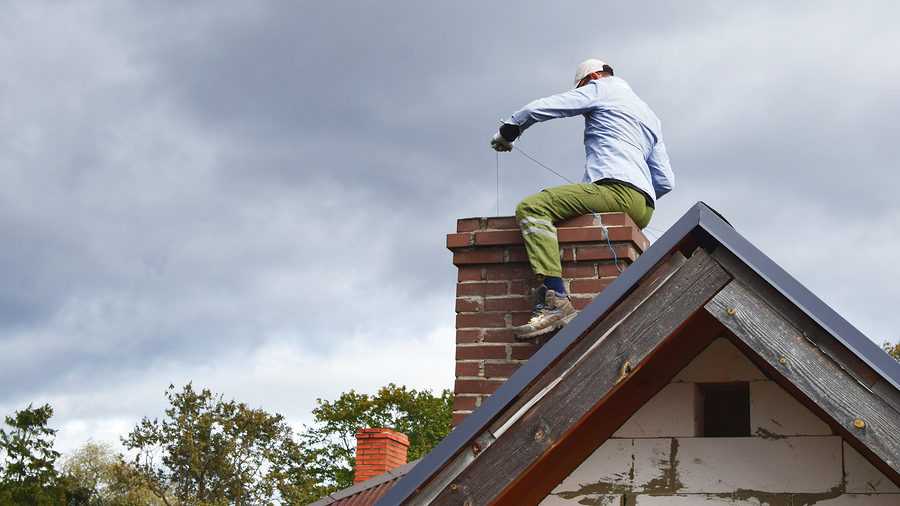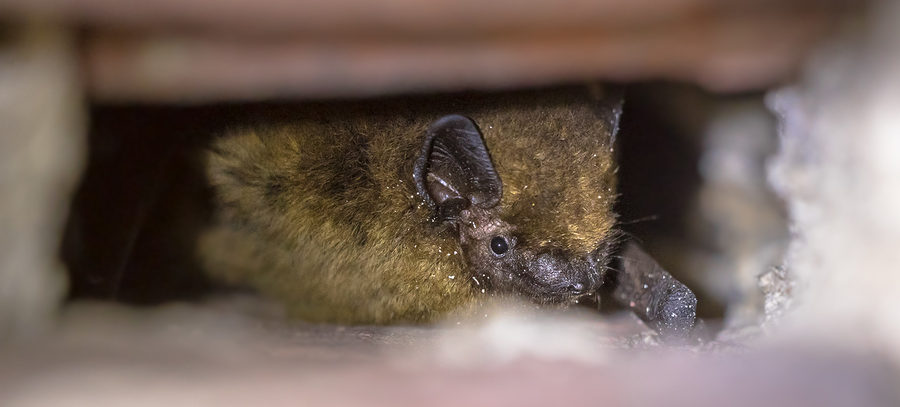Bats are a wonderful asset to nature, however, when it comes to our homes, we prefer them to stay far away. It is a common call for pest and animal control technicians to remove bats from residential properties because they have somehow gained access inside a family’s personal space. Bats can be very destructive when it comes to our attics and other areas of a house. It is important to learn how to identify a bat control issues within your home or around your property before the damages accumulate to mass amounts.
Continue reading to learn about bat control, how to determine if you have a bat infestation, and what to do if you discover bats in or around your residential property.

The Most Common Signs of a Bat Infestation
When a home or property is infested with bats, there are various tell-tale signs that prove they could be living and nesting nearby. Although bats are excellent insect control, eating thousands of insects per night; they are also pest themselves when it comes to the exterior of our homes. Bats can use gutters, rooftops, windowsills, and more to roost and make their nests.
If you see large nest-like structures in these areas, then most likely, you have a bat or other animal living there. Bats are also known to use playgrounds, jungle gyms, sheds, garages, and objects covered with tarps as roosting spots. These are common areas to examine if you suspect there may be a bat infestation on the exterior of your home and property.
When it comes to the interior of a home, there are similar signs like the ones mentioned above; however, there are several other indications of bat invasion too. For example, many homeowners discover a bat infestation just by recognizing a foul or faint odor throughout the house, or certain areas of the home. This is caused by a mass accumulation of bat droppings and waste. Not only do bat guano and urine stink, their food wastes and leftovers spoil and rot causing foul odors in the inhabited area.
Besides odor, there are other warnings of bat invasion. Strange noises at night from within the house could be bats communicating and interacting during their active hours. Also, strange blackish-brown stains around holes or openings in a home could be caused from the oils in a bat’s fur rubbing off with each entry and exit.
How to Get Rid of Bats in the House
To get rid of a bat problem, one must first determine that the suspected culprit is indeed a bat. Once this is figured out, a person can implement some “do-it-yourself” strategies to get rid of bats. One way to accomplish this is to bat-proof your home. For example, you can remove all the outside water sources, turn off or remove outdoor lighting, close up any obvious entry and exit points that bats can use, or choose to install a bat house on the exterior of your property to give bats an alternative option for roosting.
The most effective way to solve a bat problem is to consult a professional in the animal control industry, preferably a bat specialist. They retain the necessary insurance, training, equipment, licenses, tools, and knowledge to professional manage bat invasions, damages, and more. If bats have impaired the structural integrity of your home, it is highly recommended to call a professional bat removal and control company for affordable and safe restorations.
Bat Damages and Restoration Services
When bats invade a home, there are several damages they are capable of. For example, bat urine and guano can over-accumulate, saturating particle board, sheet rock, insulation, dry wall, ceilings, carpeting, hardwood flooring, and much more. Theses restorations can add up quickly when it comes to your budget. This is why it is crucial to manage a bat infestation issue right away, before the damages become too expensive.
Other than structural damage, bats can spread disease and bugs. Bat mites are a very common threat for homes with a bat infestation. Bat mites are similar to lice or scabies, and can be a troubling ailment to get rid of. They can affect adults, children, and even household pets. Another possible infectious disease caused from bat invasions is called Histoplasmosis. It is a respiratory illness caused from the inhalation of poisonous spores from bat guano.
Indianapolis Bat Removal and Control Assistance You Can Afford
Call 317-535-4605 for safe and affordable Indianapolis bat removal removal services you can trust. We are DNR licensed wildlife rescue and control professionals who specialize in a wide range of non-lethal residential and commercial bat abatement services. We only use safe and humane methods to extract bats and prevent their return, and offer the most competitive prices in town. Request a free estimate, today.




